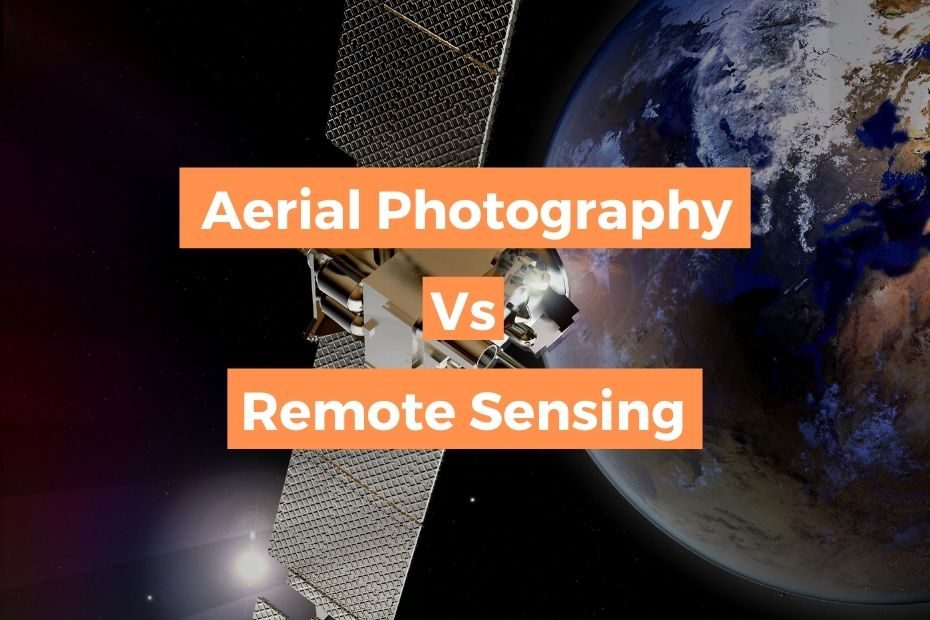The Earth surface is a tough topic to get your head around, but it’s also very important. It’s a complex system containing many different types of land cover and land uses. There are many ways that you can capture earth surface in various mediums – images, videos and so on. In this article, we will discuss more Difference Between Aerial Photography and Remote Sensing.
What is Remote Sensing?
Remote Sensing is a technique in which data is gathered from a distance to study the Earth’s surface. It is used in fields such as agriculture, forestry, and geographical surveying.
Remote Sensing uses sensors and satellite images to detect and observe the ground below. Collected by satellites orbiting the Earth, data collected from satellites can help with mapping land-use patterns or even find missing people.
Aircraft can also be used for remote sensing. This is done by measuring various physical properties of the Earth such as temperature, humidity, vegetation or air pollution levels at higher altitudes than satellites can reach.
What is Aerial Photography?
Aerial photography is the practice of taking pictures from the sky. The images can be captured through the use of a helicopter, aeroplane, drone, or satellite.
The benefits of aerial photography are that it captures a larger picture than ground-level photos and it often has more detail than ground-level photos.
Difference Between Remote Sensing And Aerial Photography?
- Remote Sensing is the process of gathering information about the earth without being physically present. It can be done from an airborne platform such as a plane, drone, balloon etc. Aerial Photography is the act of taking pictures while flying in an aircraft, but it also requires a human to take the picture.
- Remote sensing is a type of information gathering that uses sensors on satellites or aircraft to gather data about the earth. In contrast, aerial photography requires an aeroplane to fly over a target area so that it can take pictures from an altitude.
- Remote sensing provides information about large spaces that are not accessible by humans. This technology is used for many purposes like natural hazards, military intelligence, land use planning, agricultural production and management and many other areas where gathering physical observations would be impractical or impossible due to safety. In Aerial Photography area is limited.
- Remote Sensing is used to mapping the Earth’s natural resources and ecosystems, while Aerial photography is used to take still photos, usually for commercial purposes, such as for advertising or aerial mapping.
- Remote sensing is generally used for application in sectors such as environmental, agriculture, forestry, urban planning, and disaster management. Aerial photography is specifically used for things like real estate properties.
- Remote sensing involves satellites that use optical or infrared radiation to collect data from the Earth’s surface, while aerial photography uses different forms of photographic lenses or cameras to collect data from the sky.
- Speed: Remote sensing satellites are capable of collecting a large amount of data in a small time frame. Whereas, Aerial photography used to be a slow and time-consuming process, as the size and shape of a geographical area to be captured determined the amount of time taken.
- Resolutions: Remote Sensing uses satellites to capture data, it still has low resolution than aerial photography. Resolution is high as 50cm per pixel.
- Although both Remote Sensing and Aerial Photography suffers from weather conditions there are still possibilities for aerial photography in the thin or high-level cloud.
Conclusion: Difference Between Aerial Photography And Remote Sensing
Both these techniques have a long history and are still widely used today. However, in recent years they have been replaced by the use of drones which are highly efficient at collecting data from inaccessible areas like Antarctica or valleys in mountainous regions.
